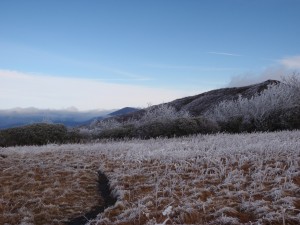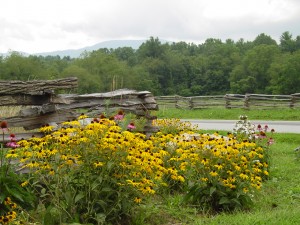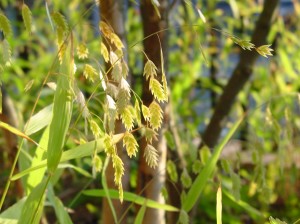Several years ago during my travels from Portland, Oregon to Charlotte, North Carolina, I passed through many communities, both big and small, as I drove along old country roads and well-traveled highways. The places I remember most were the small towns that had architectural richness and landscapes that reflected the region in which I was traveling.

The natural landscapes of the alpine meadows in Hell’s Canyon, Idaho; the Ponderosa Pine woodlands of the big mountains in Montana; the grasslands and prairies of South Dakota; and the amazing diversity of plants in the Blue Ridge Mountains were awe-inspiring. There is an amazing amount of variety and beauty in the natural landscapes of our country. Yet in our own landscapes we seem to pick plants from foreign lands that don’t reflect the natural beauty of the region in which we live. The “Anywhere USA” landscapes that include traditional lawns and foundation plantings (plants located at the base of a house or building) of bush bamboo, Crape Myrtle, Otto Luykin Laurel, monkey-grass, and English Ivy, for example, can be found from Virginia to Georgia and beyond. These landscapes are not as rich and diverse as our native landscapes – they neither contribute to a “sense of place”nor a sustainable landscape.

In addition to helping reinforce an areas natural heritage; native plants provide wildlife habitat, require less energy to maintain, less chemical treatments, and do not typically require additional water once plants are established. Thus, we can spend less time maintaining them and more time enjoying them. Native plants can also be part of a design that helps mitigate the impacts of habitat loss; when we build new homes or developments we often displace natural vegetation and wildlife, and so planting native plants can help offset this loss. While there are many reasons to use native plants in the designed landscape, my cross-country travels have taught me that perhaps one of the best is that native plants help us celebrate our natural heritage.

David Tuch, Vice President
